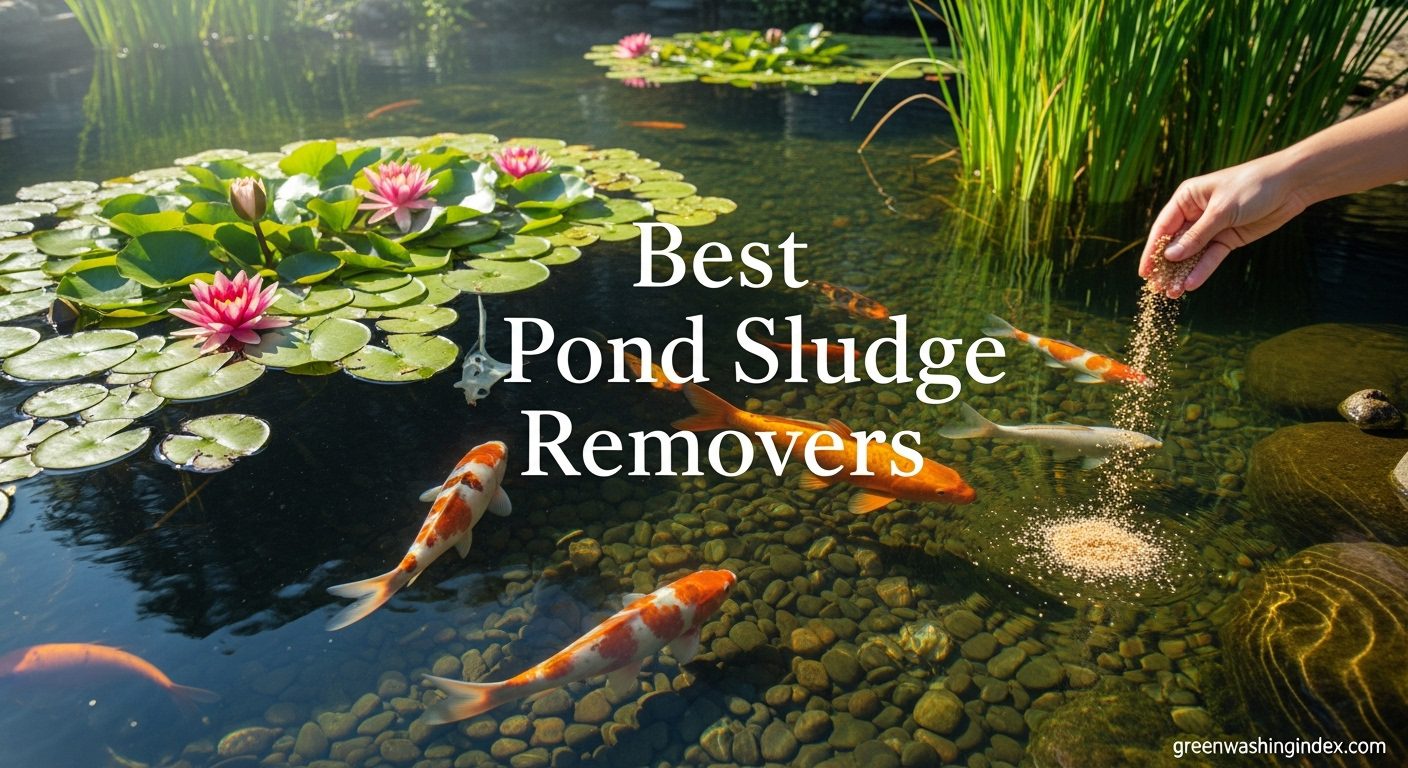
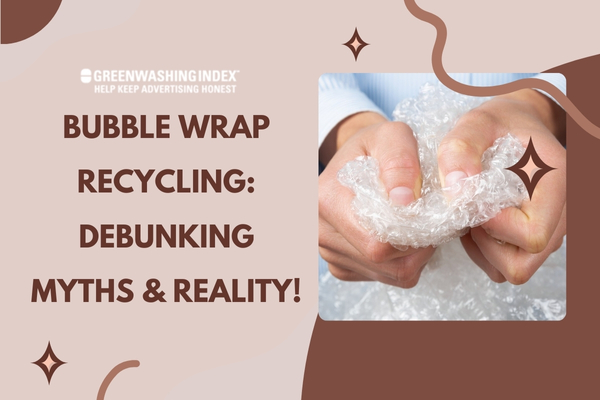
Have you ever popped the little bubbles in bubble wrap and thought about what would happen next? As easy as it is to pop those bubbles, it’s not always as simple when it comes to bubble wrap recycling. Many of us don’t quite know the truth behind its journey from protection to recycling.
So, let’s dive into the real story behind this common packaging material and uncover if your bubble wrap tossing habits are helping or hurting our planet.
Are you using bubble wrap the right way to help our Earth stay green? You might think that popping those air-filled pockets is the end of the line, but there’s more to it than just throwing them out with your regular trash.
The truth about bubble wrap recycling is that while yes, they can indeed be recycled, there are proper ways to go about it so they don’t just end up in a landfill. It involves taking a closer look at our recycling habits and making some simple yet impactful changes.
Discover What’s Inside:
Bubble wrap is a type of plastic packing material. It’s made up of small air bubbles, which help keep items safe while they are being moved or shipped. If you’ve ever gotten a package in the mail, chances are it had bubble wrap inside.
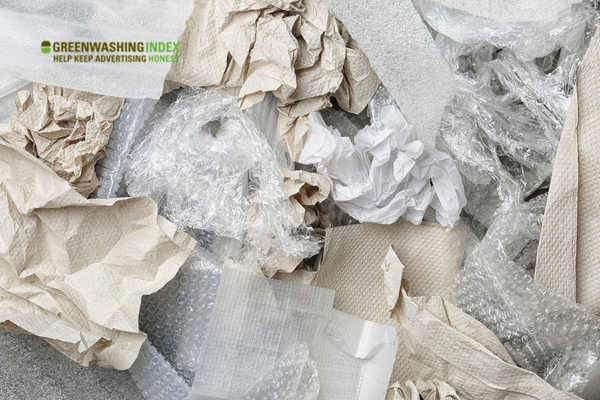
This stuff is everywhere! From protecting electronics to keeping glass from breaking, bubble wrap does an important job.
But there’s a problem: bubble wrap is also made of plastic, and we all know too much plastic can hurt our planet. That’s why bubble wrap recycling is so important. When we recycle bubble wrap, we help take care of the Earth. Every little bit that gets recycled means less new plastic has to be made.
Recycling bubble wrap makes sure it doesn’t end up hurting wildlife or clogging up landfills – places where trash goes when there’s no more room for it anywhere else. By recycling this packaging material, we do our part for the planet.
Let me tell you step by step how bubble wrap recycling works:
When these steps are followed carefully and correctly, bubble wrap gets another chance at life instead of hurting nature.
So what can you do? Look around for where you can take your used bubble wrap for recycling in your area – some stores take them back; sometimes, local recycling centers will accept them, too.
Remember: next time you pop those bubbles (and I know it’s fun), think about where that bubble wrap could go next after serving its purpose with your package — toward a new beginning through recycling!
Also Read: How to Start a Compost Pile: A Beginner’s Guide
I’ve come across many myths about recycling bubble wrap. Let me set some of these straight:
So you see, there’s a bit more to the story than most folks know when it comes to eco-friendly packaging and specifically bubble wrap recycling.
Now let me dive into some problems recycling centers face with this material:
Also Read: Wrapping Paper Recycling: Essential Tips for Green Living
As someone who cares about our environment, I’m always looking for ways to do better, especially when it comes to recycling. Bubble wrap – that stuff we use to pack fragile things – has its own set of rules for recycling. We can all do our part in improving bubble wrap recycling rates by following some simple steps:
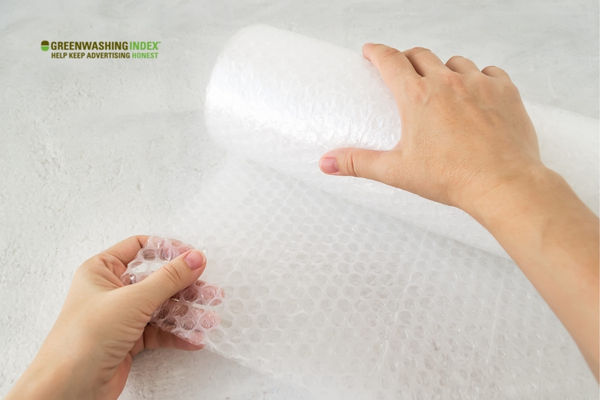
Here’s a list of what you should and shouldn’t do when it comes to recycling bubble wrap:
Do:
Don’t:
By sticking to these guidelines, we help ensure that our efforts towards eco-friendly packaging don’t go to waste.
Now let’s talk about how smart minds are working on ways to not even need traditional plastic-based bubbles. This is where innovations come into play:
Biodegradable alternatives:
Some companies are making “bubbles” out of materials that break down naturally over time without harming the environment.
Plant-based packaging:
Imagine wrapping made from cornstarch or mushroom roots! These sustainable shipping materials come from renewable sources, and they reduce overall environmental impact.
Inflatable air pillows made on-demand:
These require less space than pre-inflated bubbles and are often made with better-for-the-environment materials. Plus, businesses only inflate what they need, cutting down on waste.
By exploring new ideas for packaging that fit into a sustainable lifestyle, we’re doing more than just disposing of it rightly; we’re shifting towards using materials that are kinder to our planet right from the start. That’s an exciting step forward in taking care of Earth!
Also Read: Tissue Paper Recycling: Yes or No? Find Out Now!
When I think about the future and recycling, it’s clear things are changing. Bubble wrap, you know, that poppable, fun plastic we use to protect stuff? Well, it’s got a recycling problem. But don’t worry – the world of science is on it! People are working hard to make new materials that protect just as well but are kinder to our planet.
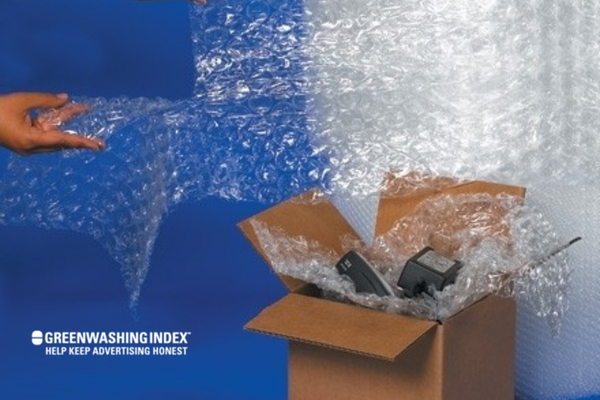
Scientists everywhere are experimenting with cool new ways to keep things safe without hurting nature. One big idea is making materials that can break down easily once we’re done with them.
Instead of bubble wrap made from plastics that stay around for ages, they’re inventing bubble wrap from plants and other natural stuff. These new wraps could break down in compost heaps or even in your backyard!
Another smart invention is protective wraps that we can melt away with just water after we use them. Imagine wrapping your delicate items with something like the usual bubble wrap, but when you’re done, you just wash it away safely down the sink!
All these advancements mean pretty soon, we won’t have to deal with old-fashioned plastic bubble wrap and its recycling troubles anymore. We could have safe shipping without a bunch of waste – how cool is that?
Governments and companies aren’t sitting back either; they’re getting things moving with different rules:
By changing how things work little by little, soon, our packages will come wrapped in material that doesn’t hang around harming Earth long after they’ve served their purpose.
There’s no doubt about it: when I think about what’s coming ahead for packaging materials and recycling efforts like these for bubble wrap – I get pretty excited! It lets me know our world could be full of smarter solutions to keeping both our goods and nature safer – isn’t progress amazing?
Also Read: Paint Recycling: The Ultimate Guide to Responsible Disposal
When I think about the world around us, it’s clear that packaging plays a huge part in our daily lives. Whether shopping online or at local stores, we often see items wrapped in layers of bubble wrap to keep them safe.
But what happens after we unwrap our goodies? The bubble wrap usually ends up tossed aside. As an individual who cares about the planet, I’ve learned to look for better options and encourage others to do the same.
Here are some ways we can choose wisely when it comes to packaging:
By making these small changes, each one of us can make a big difference in reducing waste from non-recyclable materials.
Businesses today face a unique challenge: they must find a balance between protecting their products during shipping and being mindful of their environmental impact. The good news is that by integrating recyclable materials into their operations—like environmentally friendly versions of bubble wrap—not only do they contribute positively to our planet but also boost their brand image.
Let’s dive into why businesses should adopt sustainable shipping materials:
Taking steps toward utilizing more recyclable content like eco-friendly bubble wrap shows that a business is serious about sustainability—and customers notice this commitment, too!
Switching from conventional packing solutions may seem daunting at first glance, but considering all these benefits demonstrates how impactful such changes could be—not just for our environment but also for business success itself!
Also Read: Old Electronics Disposal: Ultimate Recycling Tips Guide
Wrapping up, the journey of bubble wrap recycling is no mere pop in the pan. It’s a serious environmental endeavor that highlights our commitment to sustainability.
Though the challenges are there, with firm steps from us all, we can work towards a future where every little piece of bubble wrap finds a new purpose instead of littering our planet. Let’s keep pushing for better recycling habits and supporting eco-friendly packaging innovations.

Don't let aphids, slugs, and caterpillars ruin another plant. Take back control with simple, natural methods that actually work.